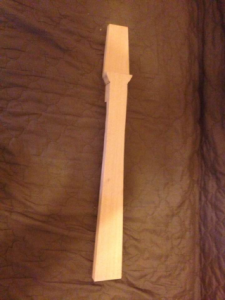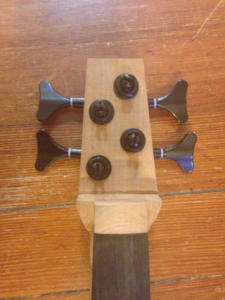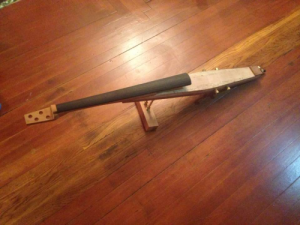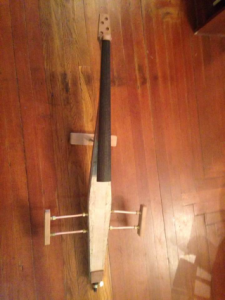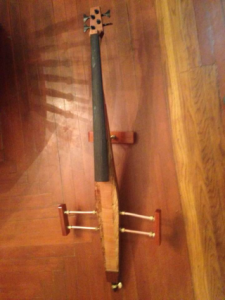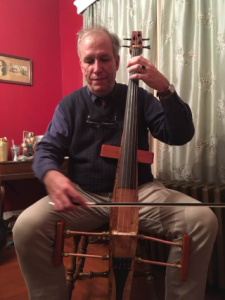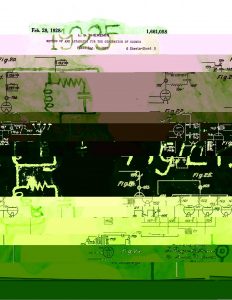I am pleased to announce that I have been awarded a faculty professional development grant from the office of provost at Stonehill College. The funds are going towards a composition project called Landscapes. This project is a series of 13 pieces totaling an hour of music, each depicting or representing a different landscape. The individual movements travel through the circle of fifths, beginning and ending on C Major.
The core ensemble for the project consists of piano, electric guitar, electric bass, and drumset. Each movement will alternate using theremin and pedal steel guitar as soloists. Cello and synthesizer are used as occasional color instruments. Ultimately, I may be using other color instruments as well such as bass harmonica, melodica, and electric sitar.
Those particular solo instruments, theremin and pedal steel, were chosen to highlight myself as a performer. I’ve been playing theremin for the past several years, and I recently started playing pedal steel guitar. While I have a long way to go with pedal steel, having pieces to practice and work on will help me develop skills on the instrument. Having a series of pieces that utilize these instruments as soloists will give me pieces that I may be able to take to music festivals.
Part of the funds will be used to contract orchestral recordings from Musiversal. This organization offers a seven minute orchestral recording session with a 30 piece orchestra for 99 Euros. In seven minutes it is really only practical to record one minute of music, provided the music is sight readable by professional musicians. Thus, while it may not be possible to use orchestral backing through the entire piece, there can be individual sections that use orchestral scoring. Part of the funds may also be used to pay local musicians to record instrumental parts for individual movements. The goal of this grant is to compose the music, but I will be using some of the grant money to get some of the individual tracks recorded as well.
Like most of the pieces I have written over the past decade, this piece is based off of Sudoku. That is I use a Sudoku matrix to indicate how many notes are used by a given instrument in a phrase, as well what those individual notes are. I also use a Sudoku matrix to determine the tempo of individual movements and the dynamics of a given phrase. All this precomposition material has already been written out, along with phrase length and meter information.
I have already begun working on the project. I have completed the first movement, Landscape 1: Forest. I also have had a recording session with Musiversal to record two phrases of orchestral backing for this movement, although I haven’t edited those recordings yet. This past week I wrote the first two phrases (each movement is nine phrases long) of the second movement, which will be depicting a snowy landscape.
I will be giving updates about this project through this blog. I hope to give at least one update a month, in a large part to encourage myself to develop and keep to a production schedule. However, if I have particularly productive weeks, I may give more frequent updates, so stay tuned for more information!

